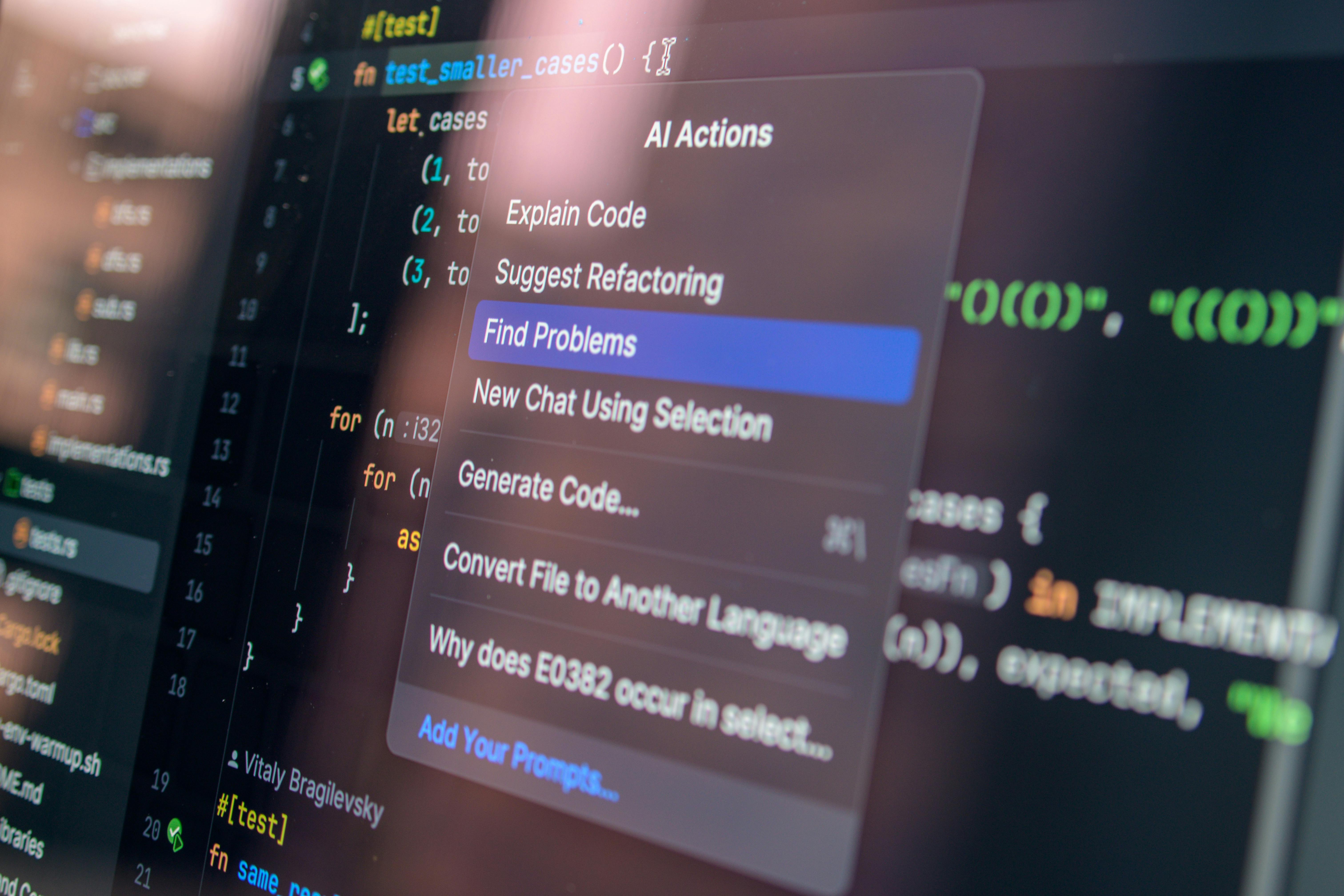
Introduction
In a significant move within the technology sector, OpenAI recently announced a rare and extensive company-wide closure for a week. This decision aims to provide crucial breaks for employees and address the escalating concerns surrounding burnout and work-life balance. As the company faces mounting pressure to innovate, particularly against competitors like Meta, this strategic pause brings to light various pressing issues affecting both OpenAI and the larger AI industry.
A Strategic Stagnation After Months of Intensive Work
Over the last year, OpenAI has garnered worldwide attention for its rapid expansion and the deployment of generative AI tools, including ChatGPT, GPT-4, and GPT-5. Internally, however, this rapid progress appears to come at a steep price. Reports indicate that employees at OpenAI have been working approximately 80 hours per week, pushing product innovation at a relentless pace. Acknowledging the unsustainable nature of this model, OpenAI’s leadership made the decision to halt operations for a week, allowing employees essential time to relax and recover.
Meta’s Hiring Surge Raises Pressure on OpenAI
The recent announcement comes at a time when Meta has been actively hiring several top researchers from OpenAI. This move has understandably escalated pressure on OpenAI to retain its talent and competitive advantage in the rapidly evolving AI landscape. Reports suggest that Meta has recruited at least seven senior researchers from OpenAI, with notable individuals including Lucas Beyer, Alexander Kolesnikov, Xiaohua Zhai, and Trapit Bansal—each of whom played pivotal roles in advancing OpenAI’s AI models.
This aggressive recruitment strategy highlights the fierce competition for AI talent among major technology companies. Some of these hires were reportedly offered compensation packages exceeding $100 million, underscoring the intense war for talent currently in play. As companies vie for the best minds in AI, OpenAI faces a critical challenge not only in innovation but also in retaining its core team.
Leadership Warns of Poaching Risks During Shutdown
During this period of shutdown, OpenAI’s Chief Research Officer, Mark Chen, disseminated a cautionary message to employees regarding the heightened risks of external recruitment efforts. Chen emphasized the need for employees to remain vigilant about potential offers from rival companies, particularly during this downtime. He pointed out that Meta is aware of OpenAI’s offline status, urging staff to be cautious of the timing and strategies employed by competitors looking to seize this opportunity.
Re-Evaluating Compensation and Retention Strategies
The loss of key researchers has prompted OpenAI to reconsider its compensation structures, as it historically competes against tech giants like Google and Meta. While OpenAI is celebrated for its mission-driven environment and pioneering work in AI safety and adaptation, financial disparities cannot be overlooked as attractive salary offers gain prominence within the industry.
Internal sources from OpenAI indicate that discussions are underway regarding how to enhance employee equity, incentives, and overall retention packages. Addressing employee welfare and ensuring competitive compensation will be pivotal for OpenAI to stem the tide of talent loss and maintain its status as a premier organization in the AI field.
Why Does This Matter for the AI Industry?
The temporary closure at OpenAI underscores several critical trends and challenges currently facing the AI sector:
- Burnout in AI Teams: The high-pressure innovation cycles prevalent in the AI field can significantly harm employee mental health and productivity.
- Escalating Competition for Talent: Major tech firms are willing to offer substantial compensation to attract leading talent in AI.
- Culture vs. Compensation: Mission-driven startups now find themselves competing against well-funded corporations.
- Stability in AI Development: OpenAI’s current stagnation reflects an industry grappling with the pace of innovation and the critical need for a sustainable workforce.
What’s Next for OpenAI?
With projects like GPT-5 on the horizon, OpenAI’s management must navigate the balance between rapid innovation and internal stability. The one-week shutdown serves not merely as a temporary gesture but as a strategic reinforcement of the company’s commitment to its workforce. The challenges ahead involve not only retaining top talent but also enhancing employee welfare while simultaneously competing in a fierce global AI race.
Final Thoughts
OpenAI’s unprecedented company-wide shutdown reflects broader trends within the tech industry. It illustrates the intense pressures and the increasing recognition that people—not merely algorithms—are the true engines of innovation in AI. Whether this leads to establishing a new standard for tech company culture or remains a cautionary tale will depend largely on how OpenAI navigates its path forward in a swiftly evolving landscape.